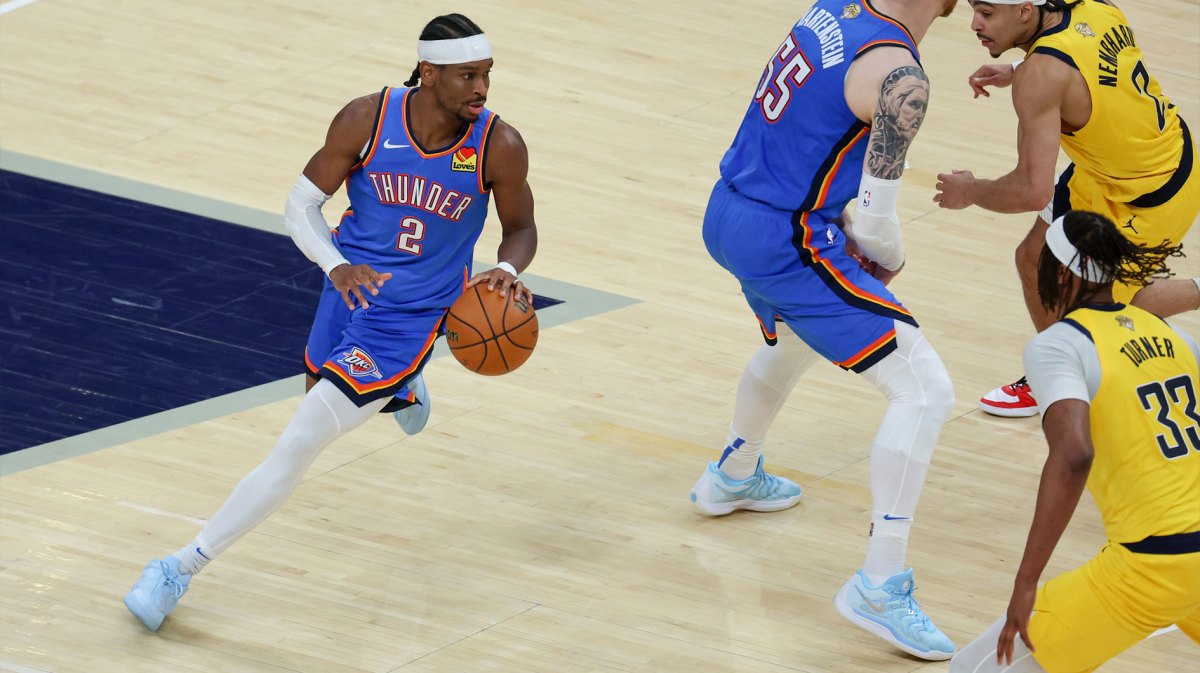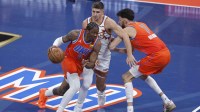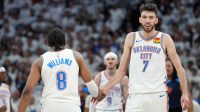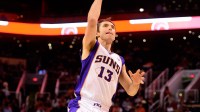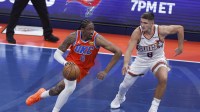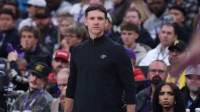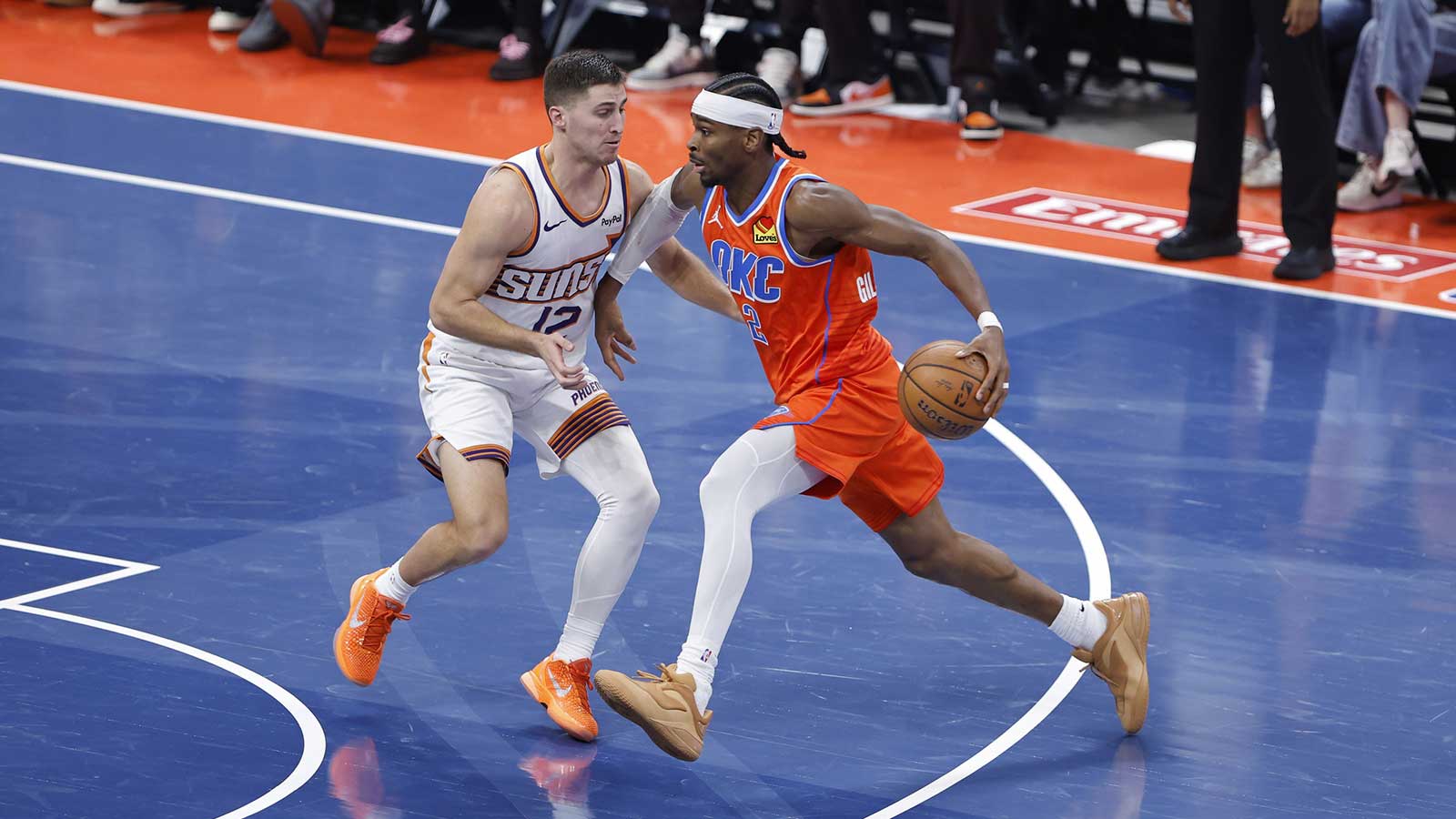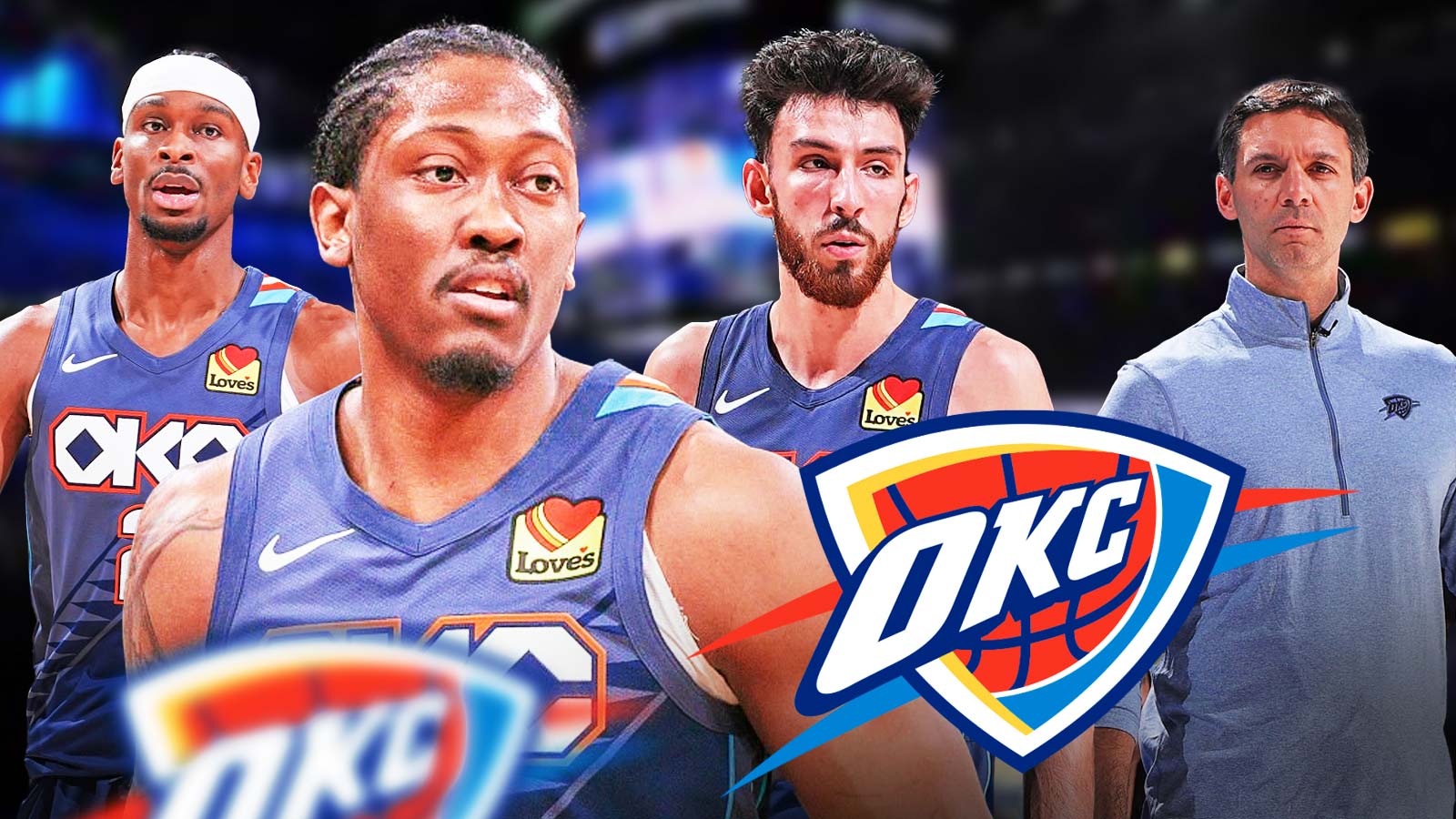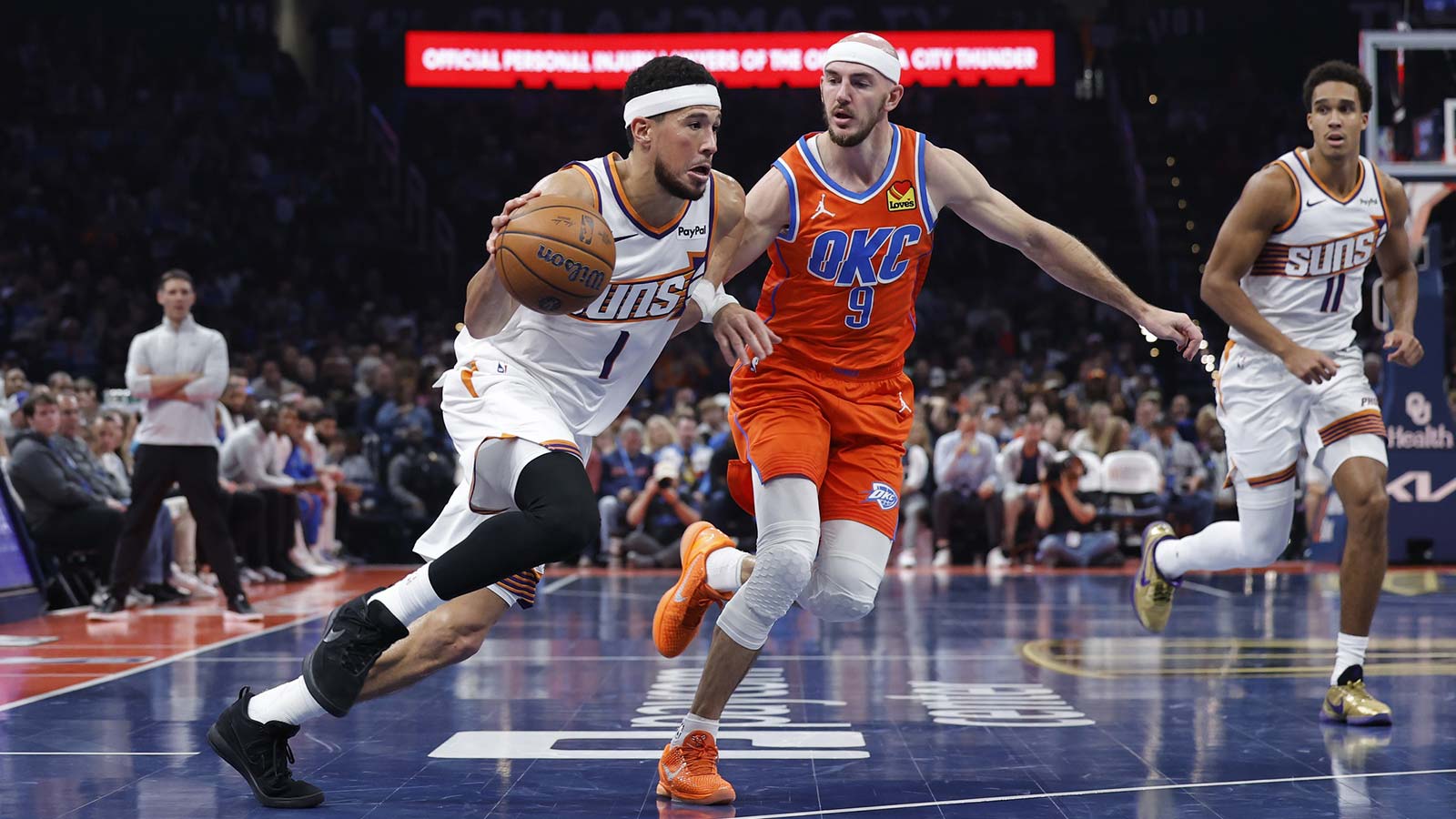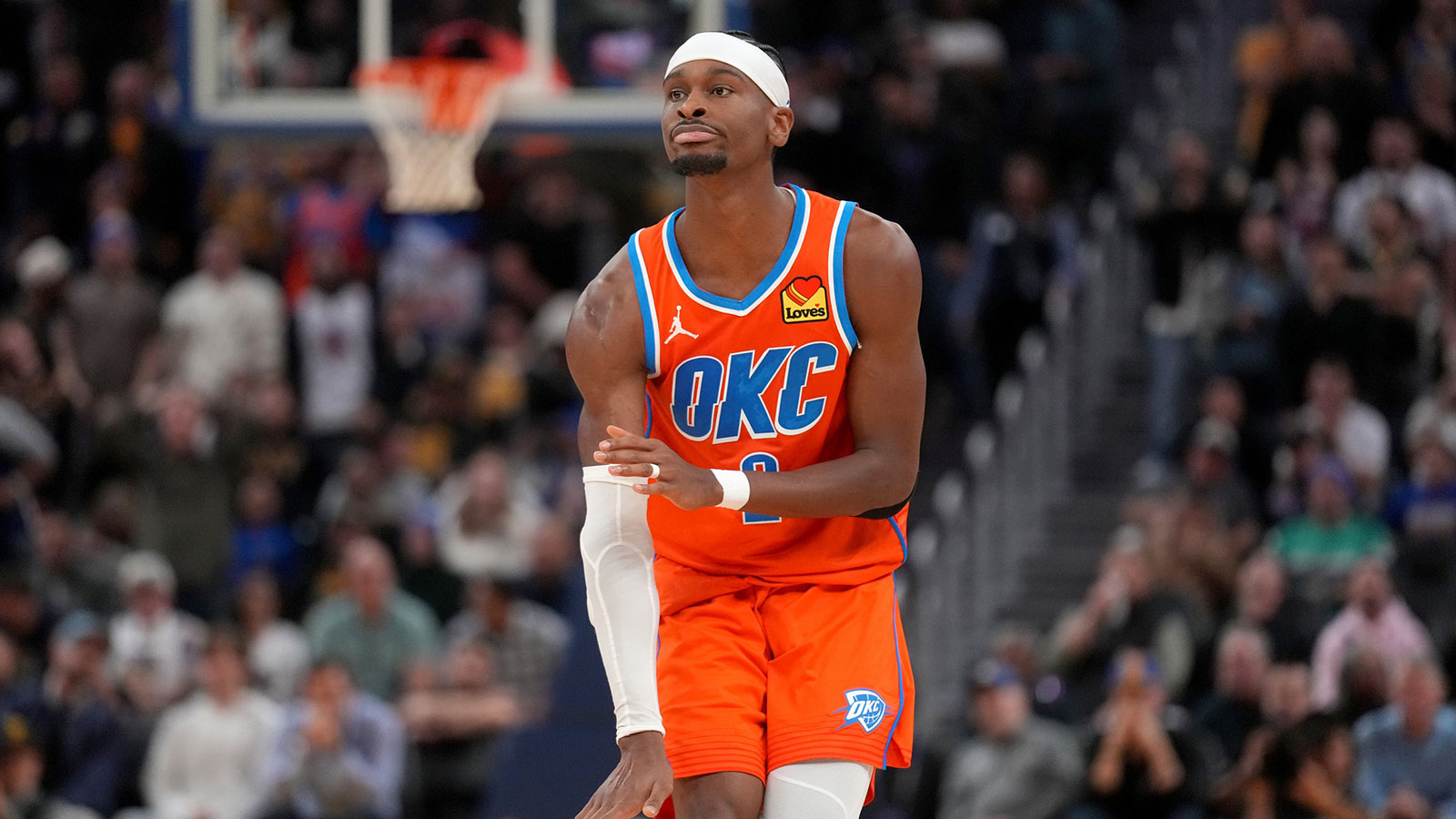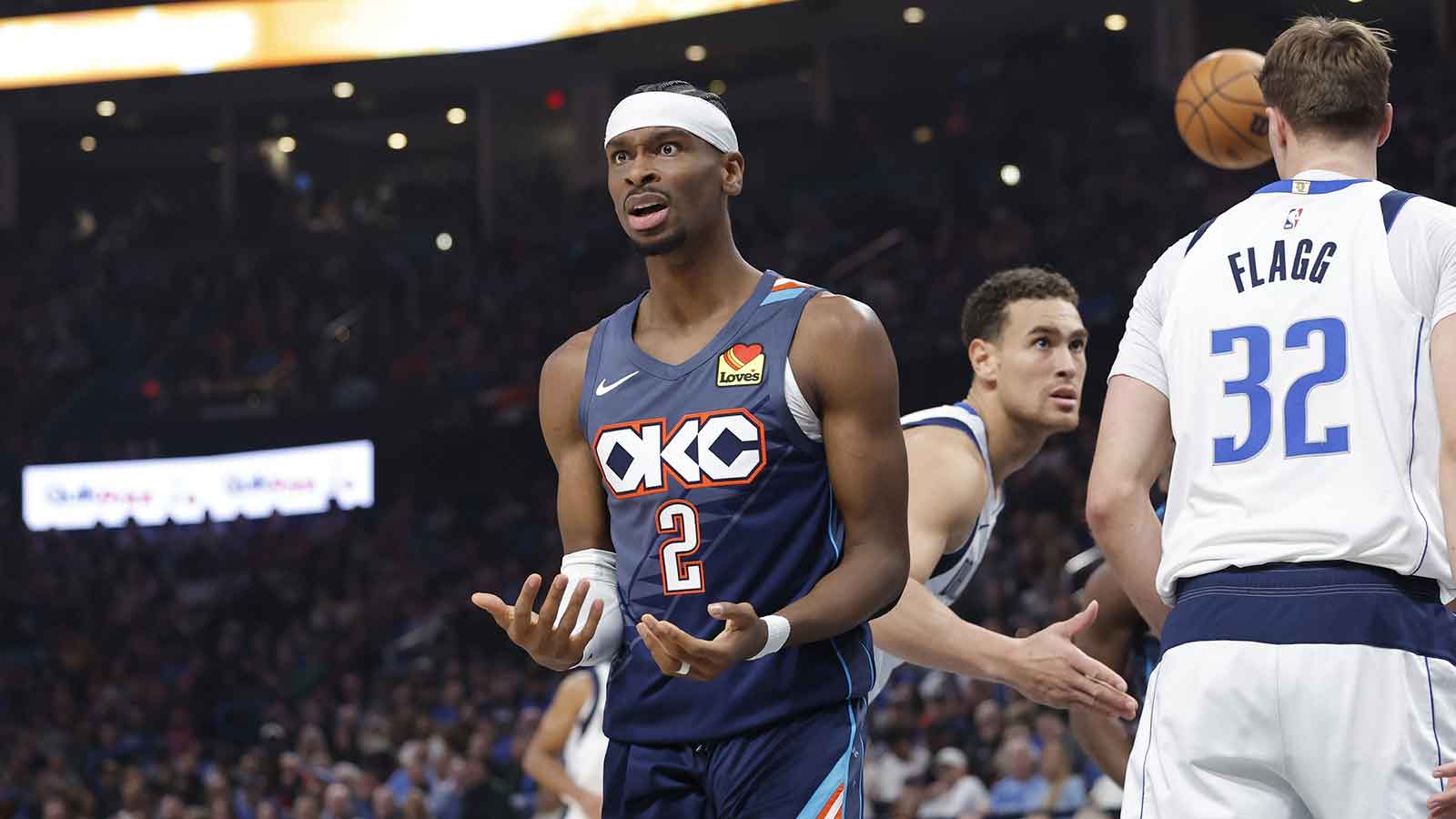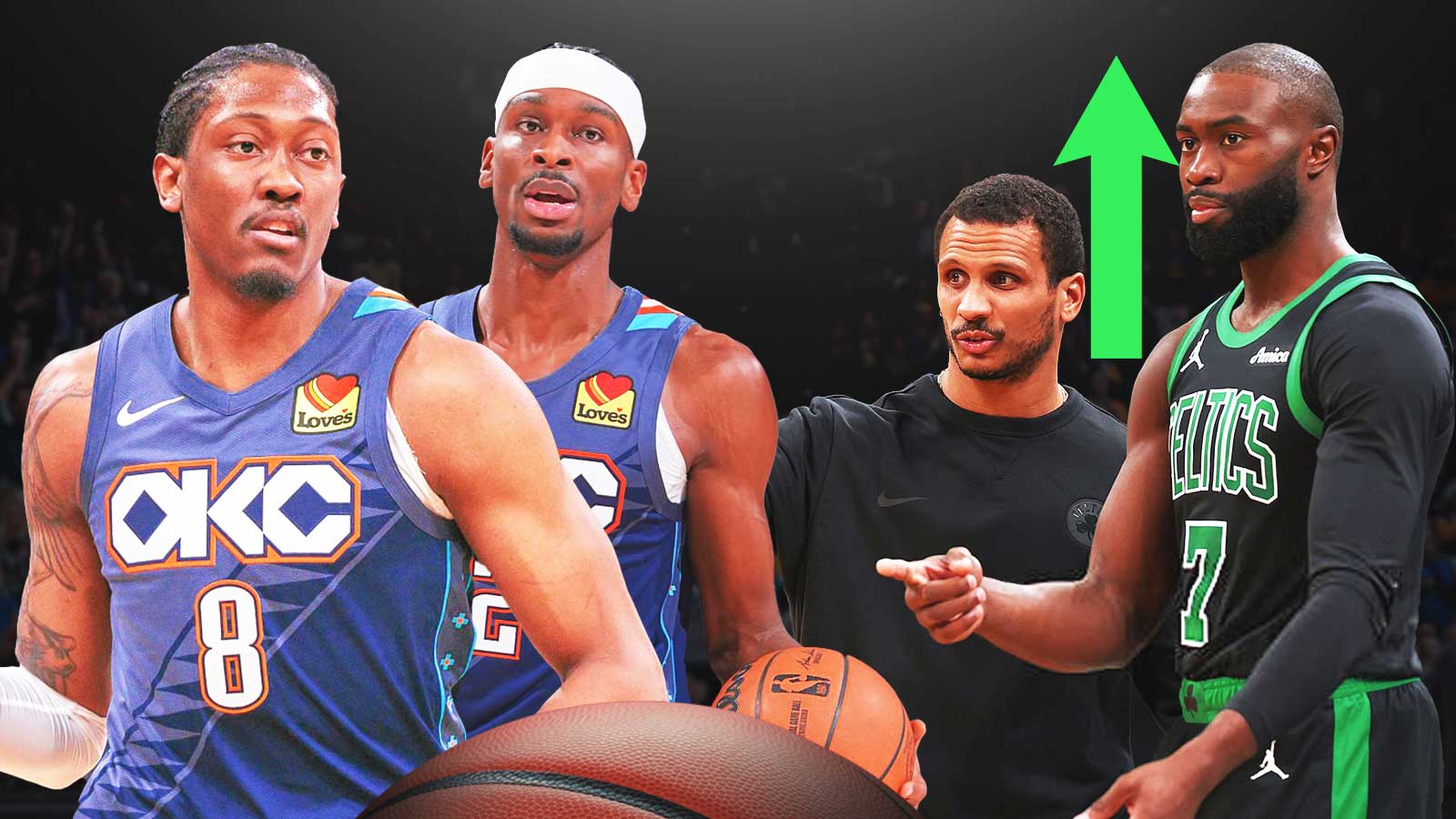The Oklahoma City Thunder capped off a storybook 2024-25 season by defeating the Indiana Pacers in a hard-fought seven-game NBA Finals series. Spearheaded by Shai Gilgeous-Alexander’s brilliance, the Thunder announced their arrival as a true NBA powerhouse.
However, even in victory, the Finals exposed key areas of concern, gaps that savvy teams like Indiana nearly exploited. With a flexible cap sheet, OKC is expected to make strategic moves in free agency to fortify its young core and sustain championship contention.
Shai Gilgeous-Alexander: The engine of OKC’s greatness
Shai Gilgeous-Alexander delivered a season for the ages, firmly entrenching himself as the NBA Finals MVP. He averaged 29.9 points, 6.5 assists, and 5.3 rebounds in the playoffs, all while shooting 46.2% from the field and 28.3% from deep. His offensive versatility, combined with elite ball-handling skills and defensive instincts, was the heartbeat of OKC’s top-five offense and No. 1 defense.
“MVP” chants are ROARING for Shai Gilgeous-Alexander at the Thunder championship parade 🗣️🏆
(via @NBA)pic.twitter.com/aIxkHS4KGp
— ClutchPoints (@ClutchPoints) June 24, 2025
In the playoffs, SGA took his game up a notch, closing out tight games with poise and carrying the scoring load when others faltered. However, the Finals also showed that the Thunder leaned heavily on his isolation creation, especially in crunch time, as the Pacers threw multiple defensive looks to exhaust him.
“It means everything. It's why you play the sport. You play to win,” Gilgeous-Alexander said after receiving the Bill Russell NBA Finals MVP trophy. “We did what it took this year to be champions.”
He becomes the first player to win the scoring title, regular-season MVP, conference finals MVP, and Finals MVP since conference MVPs were first awarded in 2022.
Thunder's gaps exposed by the Pacers in the Finals
Rick Carlisle’s Pacers exploited OKC’s weaknesses with surgical precision. Tyrese Haliburton repeatedly drew Chet Holmgren out of the paint with pick-and-pop actions, exposing OKC’s shallow front court depth. Indiana also pressured the Thunder’s secondary creators, like Cason Wallace and Lu Dort, forcing turnovers and daring them to shoot.
The Pacers' physical wings and switch-heavy defense forced OKC into isolation-heavy possessions, stagnating their once fluid offense. The series exposed a need for a veteran wing who can create shots, space the floor, and defend bigger forwards.
Exploited weaknesses: What the Thunder must fix post-finals
The Thunder front office, known for its discipline and vision, doesn't need to chase stars. Instead, targeting value veterans who fill clear holes will be the key to sustaining success. With a young nucleus headlined by SGA, Chet Holmgren, Jalen Williams, and an intelligent cap structure, OKC is positioned to become a dynasty.
Strategic additions could ensure that their 2025 title is just the beginning. Here are three players that would make the Thunder better heading into next season.
Kelly Oubre Jr. (SG/SF)
Oubre brings a combination of athleticism, shot creation, and defensive energy. He thrives in up-tempo systems and could provide scoring punch off the bench. While streaky, his ability to guard wings could help alleviate defensive pressure on Jalen Williams. He averaged 15.1 points, 6.1 rebounds, and 1.8 assists per game in the regular season and is a reliable scorer.
OKC loves to run, and Oubre excels on the open floor. He adds athleticism and scoring without needing plays drawn up for him. The Thunder's roster is young and polished, and Oubre adds a bit of edge and physicality, something Indiana used effectively against OKC in the Finals.
Oubre has a player option this offseason, so there is no guarantee that he hits the open market. However, if he does, he would be an intriguing target for the Thunder.
Malik Beasley (SG/SF)
Beasley is a high-volume, efficient 3-point shooter, something the Thunder lack off the bench. His quick release would punish teams that collapse on SGA or Chet Holmgren. Meanwhile, OKC’s system thrives on movement and spacing. Beasley can run off screens like Isaiah Joe, but with more size and scoring punch. In the Finals, OKC had moments where the offense stalled when SGA was smothered, and Beasley can enter as an instant scorer who opens up the half-court offense.
Beasley is a microwave scorer and an elite catch-and-shoot option. OKC often struggled with spacing in the Finals, and Beasley’s quick trigger would punish teams for helping off Thunder wings. He averaged 16.3 points, 2.6 rebounds, and 1.7 assists per game in the regular season.
Naz Reid (C/PF)
Reid would give the Thunder a legitimate front court scorer and a big body to pair with Chet Holmgren in two-big lineups or back him up without drop-off.
At 6-foot-9 and 260 pounds, Reid adds interior strength and can stretch defenses with his 3-point shot, opening lanes for slashers like SGA and Jalen Williams. Meanwhile, OKC lacked size off the bench and over-relied on Holmgren. Reid fixes that while offering better offensive versatility than the current backup options. He averaged 14.2 points, 6.0 rebounds, and 2.3 assists per game last season in Minnesota, and would provide the Thunder with much-needed physicality and a strong commanding force in the paint.

